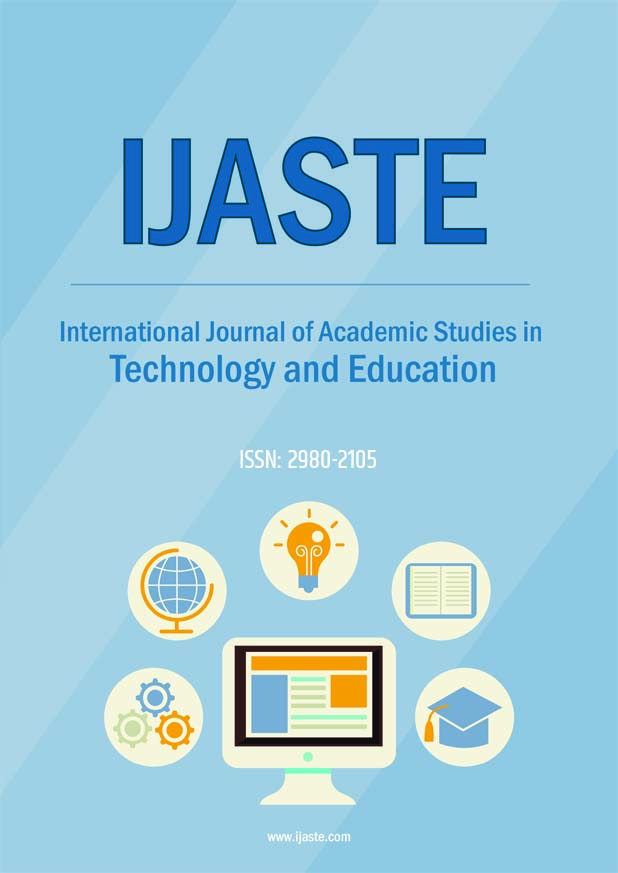Brushstrokes of Thoughts and Perceptions in Science Learning
DOI:
https://doi.org/10.55549/ijaste.33Keywords:
STEAM, Cognition, Experiential learning, Scientific inquiry, Social skillsAbstract
According to J. Epstein’s (2022) Theory of Overlapping Spheres of Influence, three influential spheres are symbiotic and overlap: school, family, and community. Social networks and social capital are rendered through the implementation of cooperative, interactive partnerships among families, educators, and communities when they are centered on children's growth and development. Additionally, L. S. Vygotsky’s (1978) Theory of Cognitive Development asserts social interaction between learners is central to learners developing understanding, as concepts are first formed on the social level followed by the individual level. This qualitative research study examined the thoughts, perceptions, and acuities of students, parents, and teachers as they partnered during high school science inquiry investigations and their perceptions regarding social interactions and cognition. This qualitative phenomenological study examined the development of social skills in students and influencing factors in motivating students to take ownership of the learning. This study also examined the assimilation and accommodation of cognition in study participants’ perspectives as they engaged in scientific, experiential learning with implications for Science, Technology, Engineering, Art, and Mathematics (STEAM) teaching and learning.
Downloads
Published
Issue
Section
License
Copyright (c) 2024 International Journal of Academic Studies in Technology and Education

This work is licensed under a Creative Commons Attribution-NonCommercial-ShareAlike 4.0 International License.







 International Journal of Academic Studies in Technology and Education (IJASTE)
International Journal of Academic Studies in Technology and Education (IJASTE)